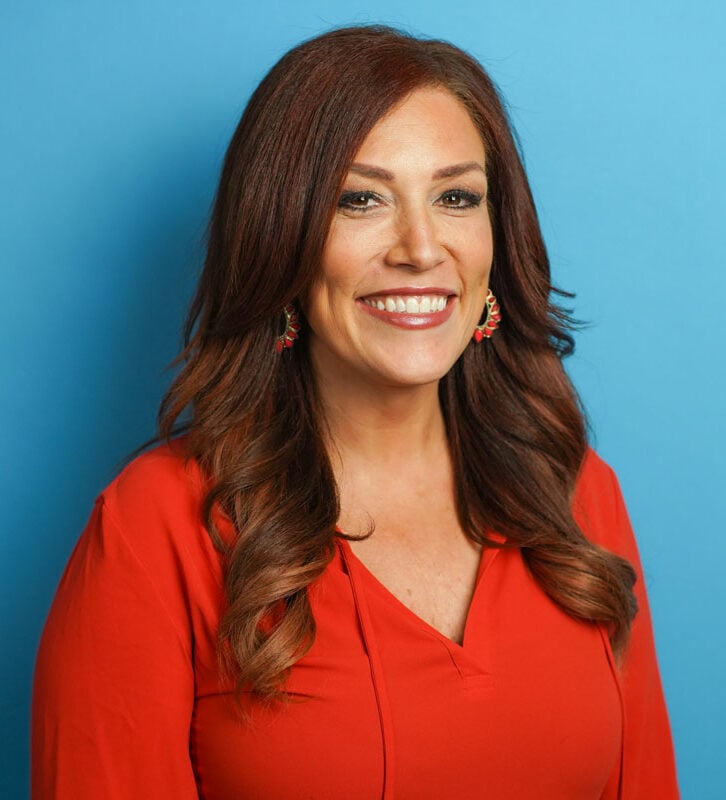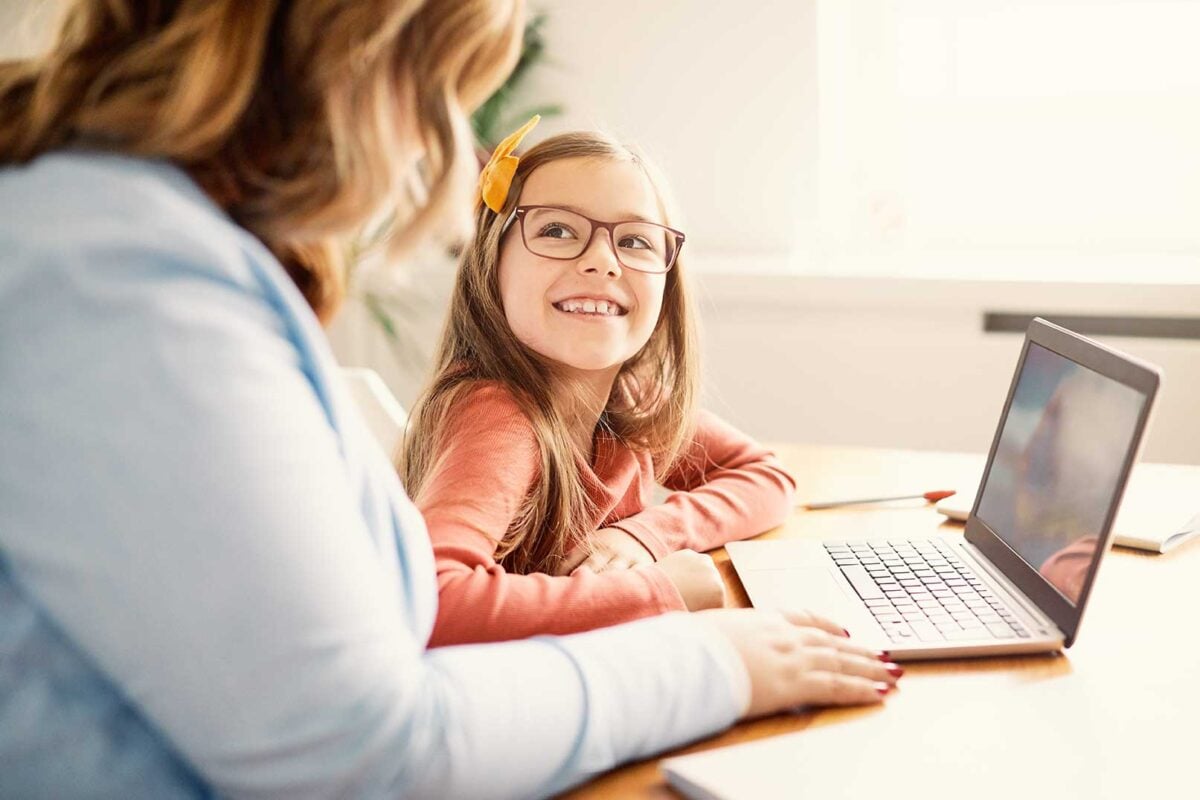No one can argue that the COVID-19 pandemic has had a profound impact on many aspects of life, but perhaps one of the hardest hit areas has been education. When schools closed, education as we knew it was disrupted, and the sudden shift to remote learning left many students struggling to keep up.
Children as young as 5 years old quickly needed to navigate a new learning environment, new learning platforms, a lack of structure, change in routine and disconnected instruction depending largely on a working parent who was also struggling to navigate this new responsibility.
As a result, students are still suffering vast declines in performance three years later.
The National Assessment of Educational Progress (NAEP) provides a comprehensive assessment of the state of student learning. Their recently published report showed “unprecedented drops in math and reading scores and the largest setbacks for students in more than half a century.” Today, students are performing at a level last seen 20 years ago.
This has also widened the gap for certain subgroups like low-income children, Black and Hispanic students, and students with disabilities, all of whom suffered the most from school closures, lack of services and a reliance on virtual learning.
But academics aren’t the only area in which children are struggling. The pandemic has caused significant disruptions to routines and normal social interactions, leading to feelings of isolation, stress, anxiety and depression. These social interactions are crucial for children’s development. Without them, children may struggle to form healthy relationships with others, leading to long-lasting impacts on a child’s well-being.
Along with parents, teachers have been at the forefront of adapting to these new realities. Many teachers had to quickly learn new technologies and adapt their lesson plans to fit the online format. They had to find new ways to engage with students, deliver content and provide feedback. The lack of face-to-face interaction also made it difficult to build relationships with students and identify those who may be struggling with mental health issues or academic problems. Their roles became infinitely more stressful, causing mental and emotional burnout and a mass exodus from the field. Schools all over the country are now dealing with massive staffing shortages.
So where do we go from here? How can organizations in education make a positive impact in this changing landscape?
It begins with your brand and how your organization is perceived in the marketplace. Are your brand positioning, your products and services, and how you serve your clients aligned with this new environment?
Brands in the education space must demonstrate a command, confidence and ability to meet the new needs and pain points of students, teachers and families with empathy, superior support services and innovative solutions.
These organizations must:
Provide targeted, supplemental support
Brands should provide targeted, individualized support to students, parents and educators who are struggling. This might include one-on-one services, materials and resources, or online tools and platforms.
Focus on the human connection
Address feelings of stress and isolation with connection and compassion. When your clients and others engage your organization and use your solutions, make sure their experience is personalized and focused on building relationships. Having a thorough understanding of your key audiences and their needs, motivators, behaviors and barriers is a critical conduit that enables brands to connect in meaningful ways.
Create seamless experiences
Hybrid is the new way of life, and students, families and educators are looking for partners and solutions that can make that experience seamless and stress-free. Flexibility and convenience have become table stakes, but simplification, great UX and on-demand support can make hybrid learning an advantage, not a hindrance, and elevate a brand to the next level.
Design for diversity, equity and inclusion
Brands will need to do their part in addressing the deficit and widening gap for greater equity in education. By creating inclusive and accessible experiences and content, brands can increase awareness, provide support and offer resources with the mission to ensure all children and families have the same opportunities to succeed.
As we address the repercussions of the pandemic and embark on the next evolution of education, your brand has the opportunity to create positive industry change while gaining greater market share by amplifying and activating on these key points.
Resources:
https://www.nationsreportcard.gov/highlights/mathematics/2022/





